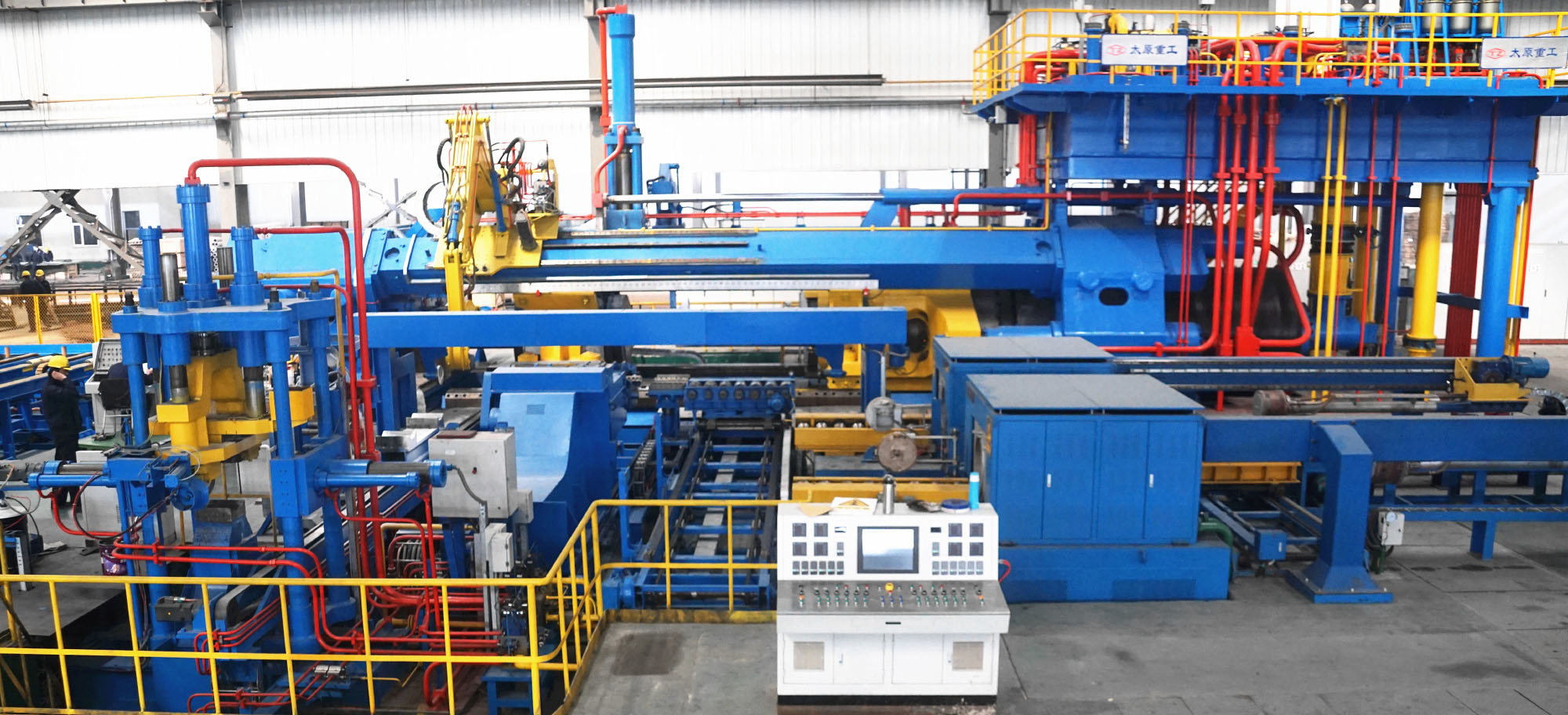Why 2618 Aluminum Alloy is the Premier Choice for Metal Packaging Solutions
Why 2618 Aluminum Alloy is the Premier Choice for Metal Packaging Solutions Table of Contents 1. Introduction to 2618 Aluminum Alloy 2. The Unique Properties of 2618 Aluminum Alloy 2.1 Strength-to-Weight Ratio 2.2 Corrosion Resistance 2.3 Thermal Conductivity 3. Applications of 2618 Aluminum Alloy in Metal Packaging 3.1 Food and Beverage Packaging 3.2 Pharmaceutical Packaging 3.3 Industrial Packag
Jun 12,2025
Why 2618 Aluminum Alloy is the Premier Choice for Metal Packaging Solutions
Table of Contents
1. Introduction to 2618 Aluminum Alloy
2. The Unique Properties of 2618 Aluminum Alloy
2.1 Strength-to-Weight Ratio
2.2 Corrosion Resistance
2.3 Thermal Conductivity
3. Applications of 2618 Aluminum Alloy in Metal Packaging
3.1 Food and Beverage Packaging
3.2 Pharmaceutical Packaging
3.3 Industrial Packaging Solutions
4. Advantages of Choosing 2618 Aluminum Alloy
4.1 Enhanced Durability
4.2 Reduced Environmental Impact
4.3 Cost-Effectiveness
5. Comparing 2618 Aluminum Alloy with Other Alloys
5.1 6061 Aluminum Alloy
5.2 7075 Aluminum Alloy
6. Manufacturing Processes for 2618 Aluminum Alloy
6.1 Extrusion and Forging
6.2 Coating and Finishing Techniques
7. Frequently Asked Questions (FAQs)
8. Conclusion
1. Introduction to 2618 Aluminum Alloy
In the realm of metal packaging solutions, **2618 aluminum alloy** has emerged as a leading material due to its unique combination of strength, lightweight nature, and excellent corrosion resistance. This alloy is primarily composed of aluminum along with other elements such as copper, silicon, and magnesium, which contribute to its enhanced properties. As industries evolve and the demand for sustainable packaging increases, understanding the attributes of 2618 aluminum alloy becomes essential for manufacturers seeking longevity and performance in their packaging solutions.
2. The Unique Properties of 2618 Aluminum Alloy
2618 aluminum alloy boasts several distinctive properties that set it apart from other materials used in metal packaging. Below, we delve into its key characteristics:
2.1 Strength-to-Weight Ratio
One of the standout features of **2618 aluminum alloy** is its impressive strength-to-weight ratio. This means that while it is lightweight, it does not compromise on strength, making it an ideal choice for packaging solutions that require both durability and ease of handling. The higher copper content in 2618 enhances its mechanical properties, allowing it to withstand significant stress without deformation.
2.2 Corrosion Resistance
Corrosion can be a significant concern in metal packaging, especially when it comes to food and beverages. The **corrosion resistance** of 2618 aluminum alloy ensures that it maintains its integrity over time, even when exposed to various environmental factors. This resistance is particularly vital in preserving the quality of perishable goods and sensitive products.
2.3 Thermal Conductivity
Another advantage of 2618 aluminum alloy is its excellent thermal conductivity. This property is crucial for packaging solutions that involve heating or cooling processes. The ability of this alloy to transfer heat efficiently makes it suitable for applications that require temperature regulation, ensuring that products remain safe and stable.
3. Applications of 2618 Aluminum Alloy in Metal Packaging
The versatility of **2618 aluminum alloy** allows it to be used across various industries for metal packaging. Here are some of the primary applications:
3.1 Food and Beverage Packaging
The food and beverage industry benefits immensely from the use of 2618 aluminum alloy. Its lightweight nature reduces transportation costs, while its corrosion resistance ensures that food products remain uncontaminated. Additionally, the alloy's ability to withstand high temperatures is advantageous for packaging items that require pasteurization or sterilization.
3.2 Pharmaceutical Packaging
Pharmaceutical companies prioritize the safety and efficacy of their products, making 2618 aluminum alloy an ideal choice for packaging. Its protective properties prevent contamination and ensure that medications maintain their effectiveness throughout their shelf life. Moreover, the alloy's lightweight design facilitates easier handling and transportation of pharmaceutical goods.
3.3 Industrial Packaging Solutions
Industries that require robust packaging for tools, components, and machinery also find value in **2618 aluminum alloy**. Its strength and durability make it perfect for protecting valuable items during storage and transit. Additionally, the alloy can easily be customized to meet specific requirements for various industrial applications.
4. Advantages of Choosing 2618 Aluminum Alloy
Opting for **2618 aluminum alloy** in metal packaging solutions provides several significant advantages:
4.1 Enhanced Durability
The durability of 2618 aluminum alloy translates to a longer lifecycle for packaging products. This longevity reduces the need for frequent replacements, ultimately leading to cost savings for manufacturers and a decrease in environmental waste.
4.2 Reduced Environmental Impact
In an age where sustainability is paramount, selecting 2618 aluminum alloy supports eco-friendly initiatives. The alloy is recyclable, allowing manufacturers to reduce their carbon footprint while meeting consumer demand for sustainable packaging solutions.
4.3 Cost-Effectiveness
Although the initial costs of aluminum alloys may be higher than other materials, the long-term benefits of using 2618 aluminum alloy outweigh the initial investment. Its durability and corrosion resistance lead to fewer replacements and lower overall costs in the long run.
5. Comparing 2618 Aluminum Alloy with Other Alloys
While 2618 aluminum alloy is a superior choice for many metal packaging applications, it’s beneficial to compare it with other aluminum alloys:
5.1 6061 Aluminum Alloy
**6061 aluminum alloy** is known for its versatility and is widely used in various applications. However, while it offers decent mechanical properties, it does not match the strength-to-weight ratio and corrosion resistance of 2618. Thus, for applications requiring high strength and durability, 2618 is often preferred.
5.2 7075 Aluminum Alloy
**7075 aluminum alloy** is known for its exceptional strength but comes with higher costs and lower workability. While it may be suitable for aerospace applications, 2618 strikes a better balance between strength, corrosion resistance, and cost, making it a more practical choice for broader packaging solutions.
6. Manufacturing Processes for 2618 Aluminum Alloy
The manufacturing of 2618 aluminum alloy involves several processes that enhance its properties and ensure optimal performance in packaging applications.
6.1 Extrusion and Forging
Extrusion is a common method used for shaping aluminum alloys, including 2618. This process involves forcing the molten alloy through a die to create specific shapes and profiles. Forging is another technique that enhances the mechanical properties of 2618 by shaping it under high pressure, resulting in a denser and stronger material.
6.2 Coating and Finishing Techniques
To further enhance its performance, 2618 aluminum alloy is often subjected to various coating and finishing techniques. Anodizing, for example, creates a protective oxide layer that increases resistance to wear and corrosion, making it even more suitable for demanding packaging applications.
7. Frequently Asked Questions (FAQs)
7.1 What is 2618 aluminum alloy used for?
2618 aluminum alloy is widely used in food and beverage packaging, pharmaceutical packaging, and industrial packaging solutions due to its strength, corrosion resistance, and lightweight properties.
7.2 How does 2618 aluminum compare to other alloys?
Compared to other aluminum alloys like 6061 and 7075, 2618 offers a superior strength-to-weight ratio and better corrosion resistance, making it ideal for specialized packaging applications.
7.3 Is 2618 aluminum alloy recyclable?
Yes, 2618 aluminum alloy is highly recyclable, contributing to sustainable practices in the manufacturing and packaging industries.
7.4 What are the advantages of using aluminum for packaging?
Aluminum is lightweight, durable, resistant to corrosion, and has excellent thermal conductivity, making it a preferred choice for various packaging solutions.
7.5 How can manufacturers ensure the quality of 2618 aluminum alloy packaging?
Manufacturers can ensure quality by employing rigorous testing methods, utilizing reliable suppliers, and implementing quality control measures during production.
8. Conclusion
In conclusion, **2618 aluminum alloy** stands out as a premier choice for metal packaging solutions due to its unique combination of strength, lightweight design, and exceptional corrosion resistance. Its versatility across various industries, including food and beverage, pharmaceuticals, and industrial applications, makes it an invaluable material for manufacturers seeking reliable and effective packaging solutions. As the demand for sustainable and durable packaging continues to grow, 2618 aluminum alloy will likely remain at the forefront of metal packaging innovations.
Latest Developments











